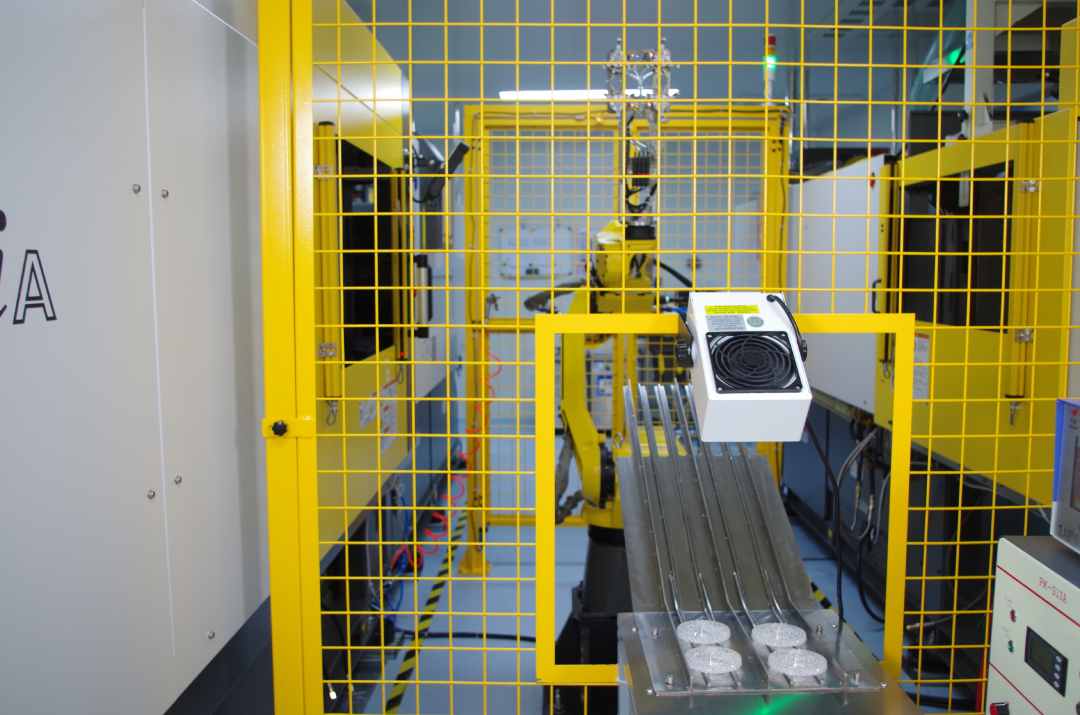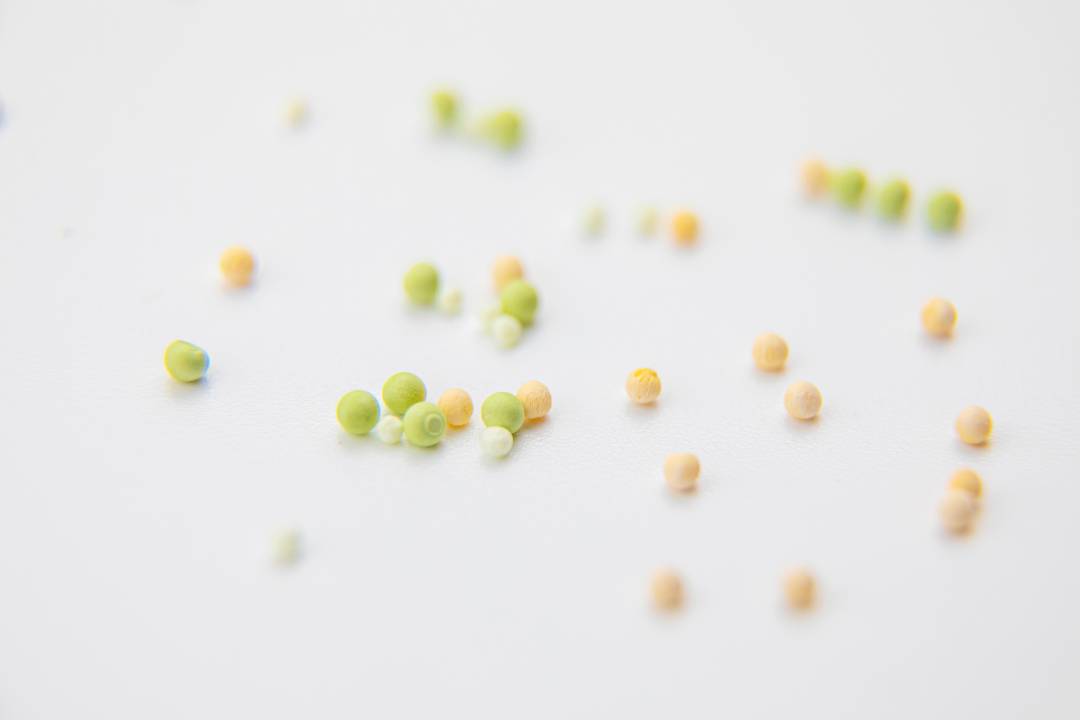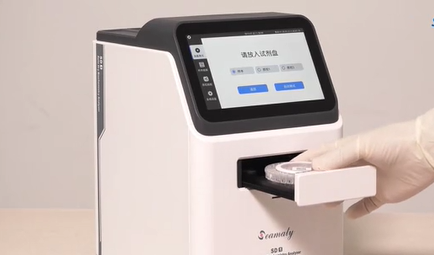release time:2022-09-22 14:41:28
When we test a sample, whether we take a manual test or a biochemical analyzer test, the final value is the absorbance value. However, the test report shows the concentration value (or viability unit). To convert the absorbance value to match the test report, multiply the measured absorbance value by a K value (or F value). The process of finding the K-value (or F-value) is the calibration.
The calibration process usually consists of the following steps.
a. Select the corresponding calibrator.
b. Place the calibrations according to their preservation method and refusion method.
c. Setting the instrument calibration parameters and placing the calibrator in the instrument for testing.
Most biochemical analyzers require calibration before use. The calibration process is not only complex but also time-consuming. However, Seamaty's fully automated biochemistry analyzer can obtain calibration information by scanning the QR Code built into the reagent tray. It allows for automatic calibration. This eliminates the need for these calibration steps and shortens the test time.



2022-06-07
The Seamaty biochemical analyzers are superior to those of any other brand. On the other hand, some people believe that Abaxis Biochemical Analyzers are also fairly good and dependable.

2021-12-24
Vet Chemistry Analyzers are used to determine whether various chemical components in the animal's blood are within normal limits, such as liver function, kidney function,

2021-09-17
The advent of POCT machines has made it possible to test and diagnose diseases quickly and easily. POCT machines also allow patients with chronic diseases to continuously monitor their status in their daily environment.